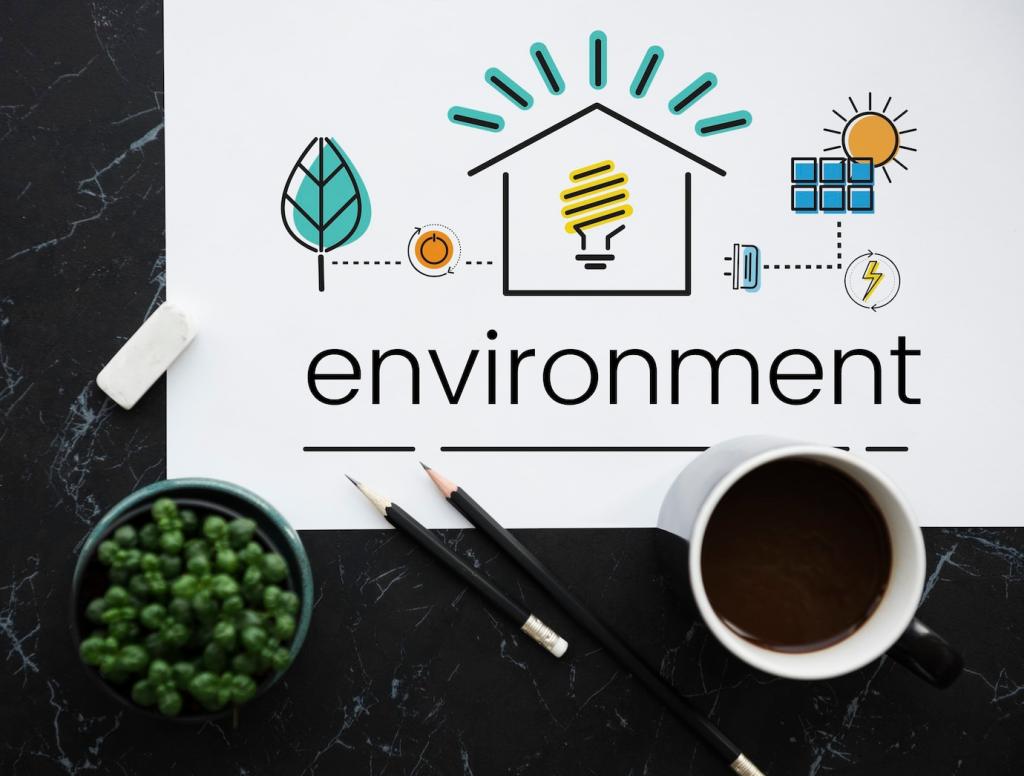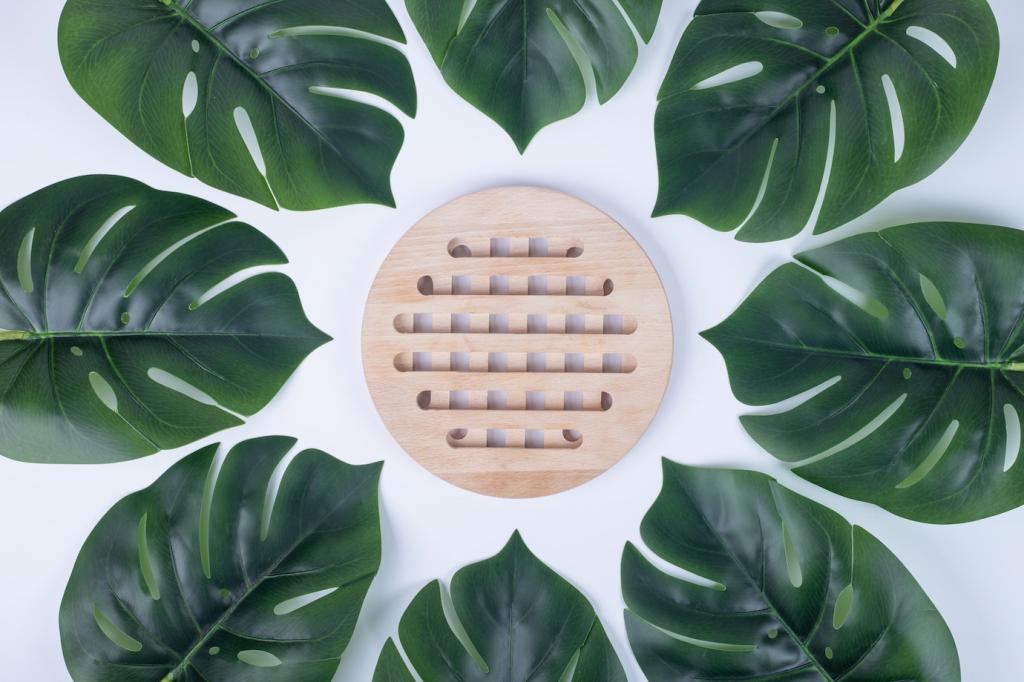The Future of Furniture: How Recycled Materials are Shaping Modern Design
Ocean Plastics, Fresh Shapes
Designers are transforming ocean-bound plastics into chairs and stools with fluid silhouettes, turning an urgent problem into poetic forms. Each piece often reveals subtle speckles from mixed polymers, a quiet reminder of its rescue story. Would you welcome this tide-turning texture into your home? Share your thoughts below.
Reclaimed Wood with Modern Precision
Recovered beams from warehouses and barns meet CNC routers and laser-guided joinery, blending timeworn grain with crisp lines. The result is furniture that feels both storied and streamlined. Every knot speaks of decades in service, now redesigned for a second life. Which reclaimed wood finish wins your heart?
The Design Language of Circularity
Textures That Tell Their Past
Crushed glass terrazzo, compressed textile felts, and sanded plastic composites create tactile narratives you can actually feel. Rather than hiding variations, makers frame them, like freckles on a beloved face. These textures become conversation starters, grounding modern spaces with sincerity and warmth. Would you prefer a smooth or storied surface?
Color Born from Source Material
Pigmentation often follows the feedstock: ocean-blues, bottle-greens, paper-whites, and graphite grays. Some studios avoid dyes, embracing authentic hues to reduce chemical loads. The palette feels effortlessly curated, rooted in reality rather than trends. If you had to choose, would you keep the raw color or go bold with accents?
Form Follows Circular Function
Curves and joints evolve to suit recycled sheets, fibers, and pellets, optimizing strength while minimizing waste offcuts. Designers adopt modular panels and repeatable radii that stack efficiently and ship flat. Beauty emerges from constraints, proving sustainability can refine, not restrict, creativity. What functional feature would you design first?
Manufacturing Innovations Making It Possible
Large-format printers now extrude recycled plastic into ribbed, sculptural furniture with minimal tooling and rapid iteration. Designers tweak digital files instead of scrapping molds, saving time and material. When a piece wears, it can be shredded and reprinted. Imagine your chair updated overnight with a refreshed curve or pattern.
Manufacturing Innovations Making It Possible
Screws, clips, and snap-fits replace permanent glues so furniture can be repaired, upgraded, or fully recycled. Clear fastener pathways and standard parts make home fixes empowering rather than intimidating. Share your repair wins—what tool would you include in every circular furniture kit to keep pieces alive for decades?
Manufacturing Innovations Making It Possible
QR codes and digital passports reveal a piece’s recycled content, finishing chemistry, and end-of-life instructions. Transparency builds trust and simplifies take-back programs. Imagine scanning your coffee table to see its origin story and recycling pathway. Would that make you more likely to invest in circular design? Tell us.
Performance, Safety, and Trust
Tested Strength, Not Wishful Thinking
Load tests, abrasion cycles, and impact drops prove recycled composites can rival traditional materials. Engineers tune fiber orientation and wall thickness to hit performance targets. The result is everyday resilience with a lighter footprint. Ever surprised by how sturdy a recycled piece felt? Share that moment—we’re collecting success stories.

Circular Business Models You Can Support

Buy-Backs and Furniture-as-a-Service
Some brands now promise to repurchase or refresh pieces at the end of use, transforming furniture into a service rather than a one-time sale. This keeps materials circulating and guarantees responsible recovery. Would you subscribe to a living room that evolves with you, rather than buying once and hoping it lasts?

Community Upcycling and Local Makers
Neighborhood workshops host repair nights and upcycling weekends, turning surplus materials into benches, shelves, and planters. The vibe feels festive, practical, and contagious. Bring a friend, fix a chair, learn a joint. If your town had a monthly maker meetup, what project would you start together?

Packaging with a Second Life
Flat-pack boxes double as shoe racks; honeycomb cardboard becomes a cat scratcher; fabric sacks turn into storage totes. Designing packaging for reuse keeps waste low and value high. What would you transform your next furniture box into? Pitch your clever idea, and we’ll feature our favorites.
Real-Home Stories and Your Next Step
One reader laminated cracked skateboard decks into a coffee table, keeping the scuffed graphics visible under clear resin. Guests instantly asked about its past lives, and a weekly game night began around it. What rescued material in your home sparks the most conversations? Share a photo and the backstory.

